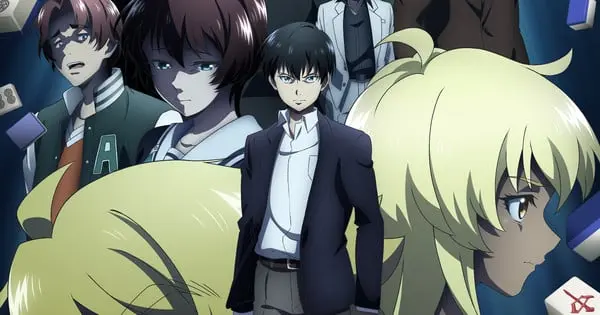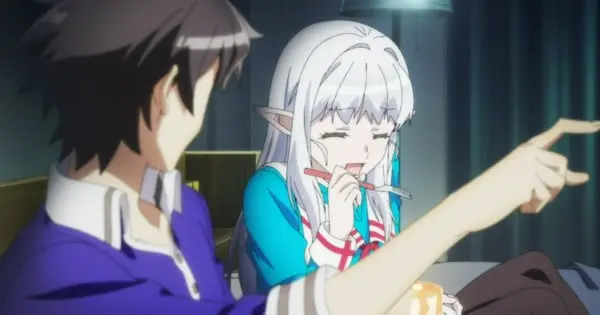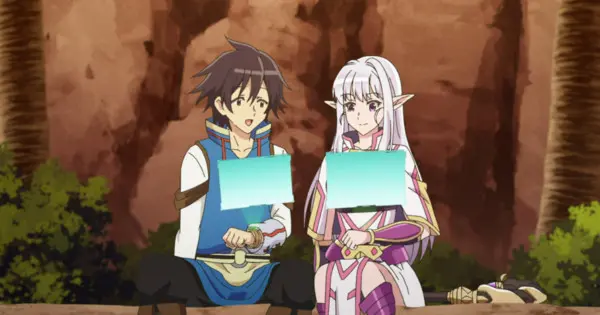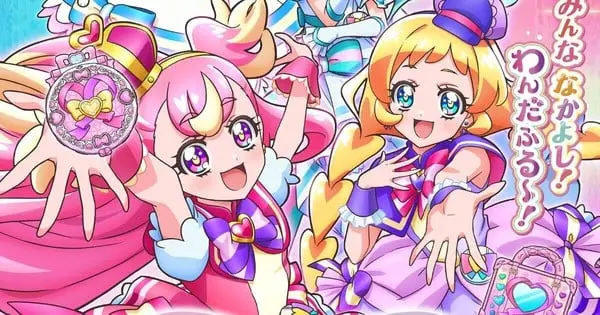The anime series ‘Welcome to Japan, Ms. Elf!’ has released its third episode, continuing its blend of fish-out-of-water comedy and exploration of Japanese culture. The series follows the adventures of Elfie, an elf from another world, as she navigates the complexities of modern-day Japan, aided by her human companion, Kazuhiro.
Elfie’s Ongoing Japanese Encounters
Episode 3 of ‘Welcome to Japan, Ms. Elf!’ further develops the series’ core themes: cultural exchange, the juxtaposition of the fantastical and the mundane, and the often-humorous challenges faced by someone completely new to the world. In this episode, Elfie encounters new aspects of Japanese life, including food, customs, and social interactions, often with amusing results.
Navigating Japanese Cuisine
One notable aspect of the episode is Elfie’s continuing culinary adventure. Her initial bewilderment with Japanese cuisine remains a central point of humour. The show adeptly uses Elfie’s naiveté to highlight the uniqueness of Japanese food culture, both in terms of flavour and presentation. From the use of chopsticks to the sheer variety of dishes, the episode provides a light-hearted look at how an outsider perceives these everyday experiences.
Cultural Mishaps and Misunderstandings
The episode also delves into the area of cultural misunderstandings, a staple of the series. Elfie’s behaviour, which is perfectly acceptable in her world, often clashes with Japanese social norms. These interactions are not just for comedic effect but also offer viewers a chance to reflect on the nuances of Japanese social customs. The show cleverly uses these cultural clashes to create both humorous and educational moments.
Elfie’s Personal Growth
Beyond the surface-level humour, the episode reveals Elfie’s growing comfort with her surroundings. Despite the initial shock of being in a completely new place, Elfie begins to show signs of adaptation. She is becoming more curious about Japanese culture and is making a genuine effort to understand it, rather than just observing it as an outsider.
Kazuhiro’s Role as Guide
Kazuhiro’s character continues to evolve as he takes on the role of Elfie’s cultural guide. He remains a patient and understanding companion, gently explaining the customs of his country to his otherworldly guest. His ability to bridge the gap between Elfie’s magical world and the realities of Japan is crucial to the narrative. He’s not just there to explain things; he’s also learning from Elfie’s unique perspective, fostering a reciprocal relationship of mutual learning and growth.
Balancing Worlds
A crucial aspect of the episode is how it balances the fantasy and reality elements. The series masterfully blends the fantastical nature of Elfie’s origins with the everyday settings of Japan, creating a unique narrative. The juxtaposition of magical powers and modern life is often used for comedic effect, but it also serves to make the familiar feel fresh and exciting.
Humor and Heart
The humor in ‘Welcome to Japan, Ms. Elf!’ is generally light-hearted and character-driven. The jokes arise from the clash of cultures, the misunderstandings between Elfie and the people she encounters, and her sometimes bizarre reactions to everyday Japanese situations. However, the series also has a tender side, as seen in the way Elfie and Kazuhiro interact. Their growing friendship adds a layer of emotional depth, moving beyond simple comedy.
Fan Reception and Analysis
The series has generally been well-received by fans, who appreciate its gentle humour and exploration of Japanese culture. Many viewers enjoy how the show manages to present both the wonders and the quirks of Japanese life through the eyes of a newcomer. The anime’s focus on the small moments, rather than grand, sweeping narratives, resonates with an audience looking for a more relaxed and character-driven story.
Animation and Art Style
The animation style of ‘Welcome to Japan, Ms. Elf!’ is also a contributing factor to its appeal. The character designs are simple yet expressive, and the depiction of Japan is both realistic and visually appealing. The soft colours and smooth animation complement the show’s overall tone, creating a relaxing viewing experience.
Comparisons with Similar Series
The show has drawn comparisons with other anime series that deal with characters in unfamiliar settings, yet ‘Welcome to Japan, Ms. Elf!’ sets itself apart through its unique blend of fantasy and everyday life. Unlike some isekai shows, which often focus on action and adventure, this series emphasizes the interactions between characters, making the cultural exchange its primary focus.
Looking Ahead
As the series progresses, viewers can anticipate further exploration of Japanese culture through Elfie’s eyes. The characters are still developing, and the series shows a growing potential for both comedy and emotional moments. The narrative has already established its unique premise, making it a refreshing addition to the anime lineup.
Potential Storylines and Character Development
Future episodes may delve deeper into Elfie’s backstory, revealing more about her world and how she ended up in Japan. Further character development for both Elfie and Kazuhiro would add more depth to the story. The potential for new cultural discoveries and humorous encounters remains high, promising a continued entertaining and educational viewing experience.
Themes of Tolerance and Understanding
Beyond the surface entertainment, the series subtly touches on themes of tolerance and understanding. Through Elfie’s interaction with Japanese culture, the show promotes empathy and the acceptance of differences. It shows that cultural misunderstandings can be overcome with a bit of patience and good will. This underlying message adds a layer of meaning to the show beyond simple comedic enjoyment.
Conclusion
‘Welcome to Japan, Ms. Elf!’ continues to offer an enjoyable blend of comedy, culture, and character development. The series’ third episode reinforces its appeal as a light-hearted exploration of both the familiar and the fantastical. It uses Elfie’s perspective as an outsider to highlight the often-unseen quirks of Japanese life, creating both humorous and educational moments for its audience. As the series progresses, it will be interesting to see how the characters grow and how the narrative continues to blend the magical and the mundane.








